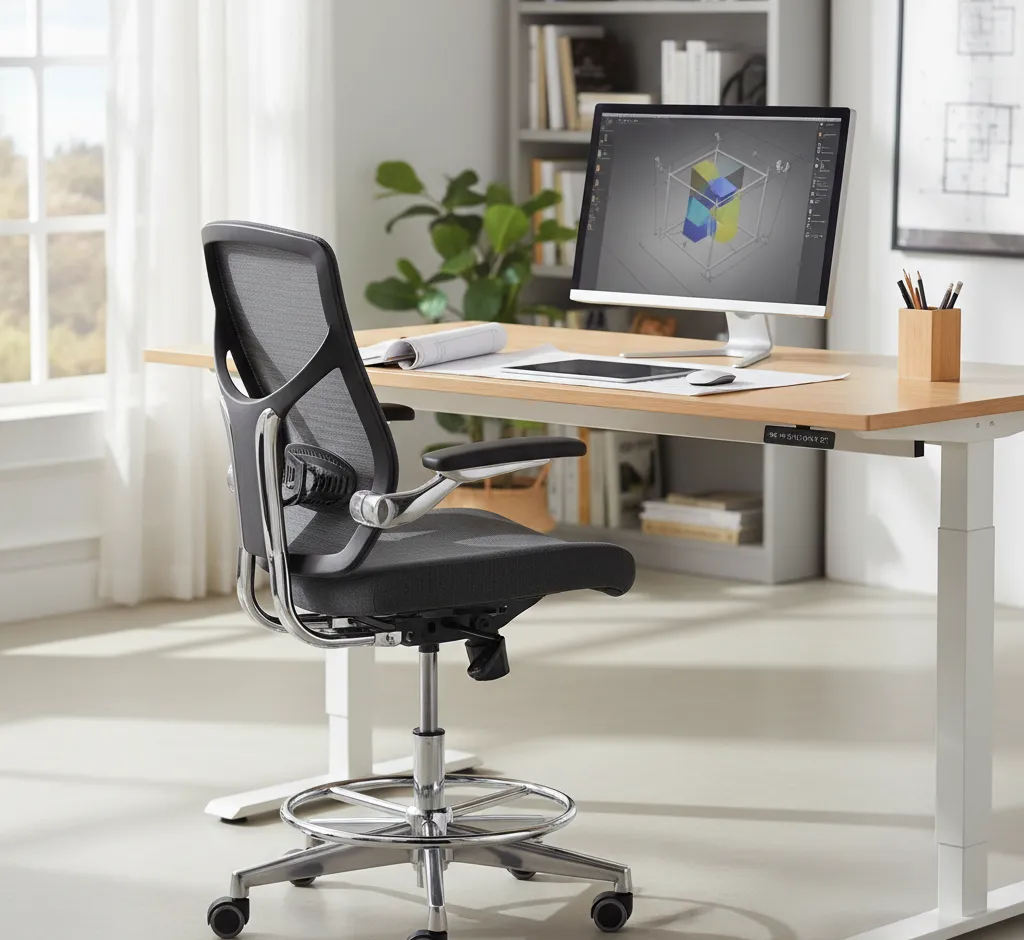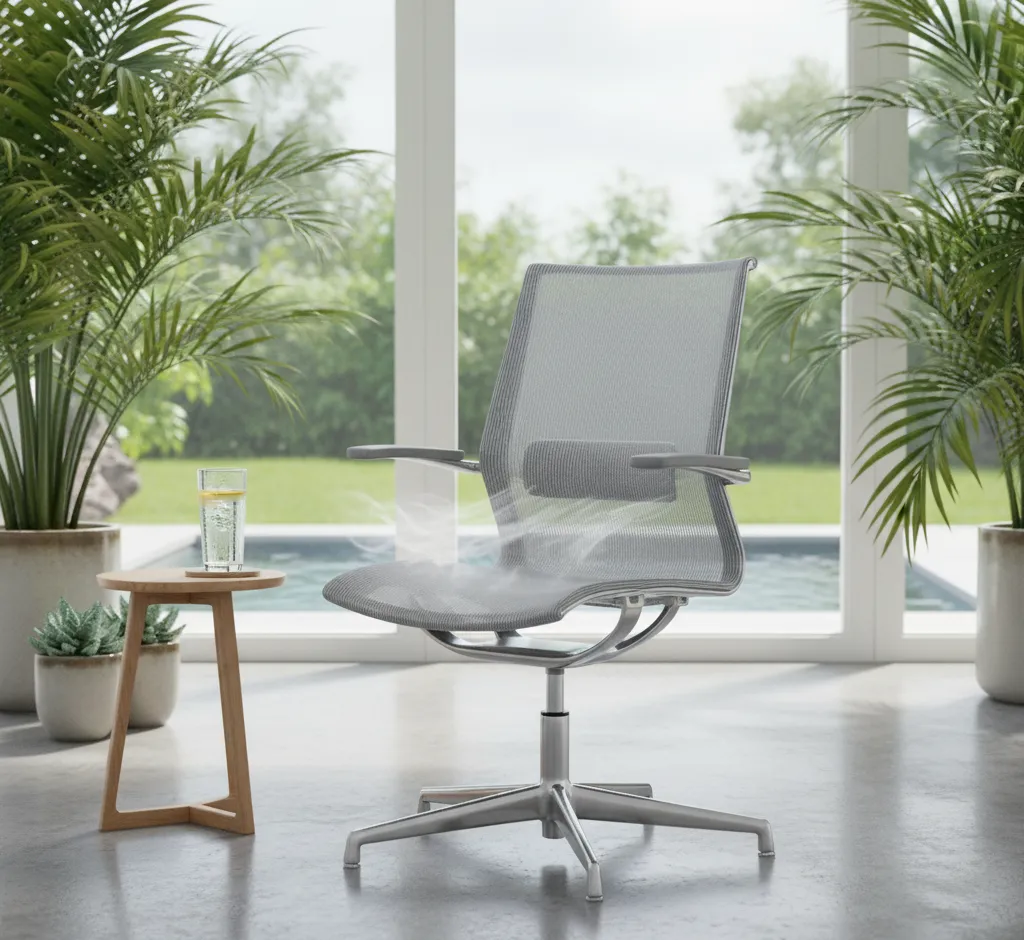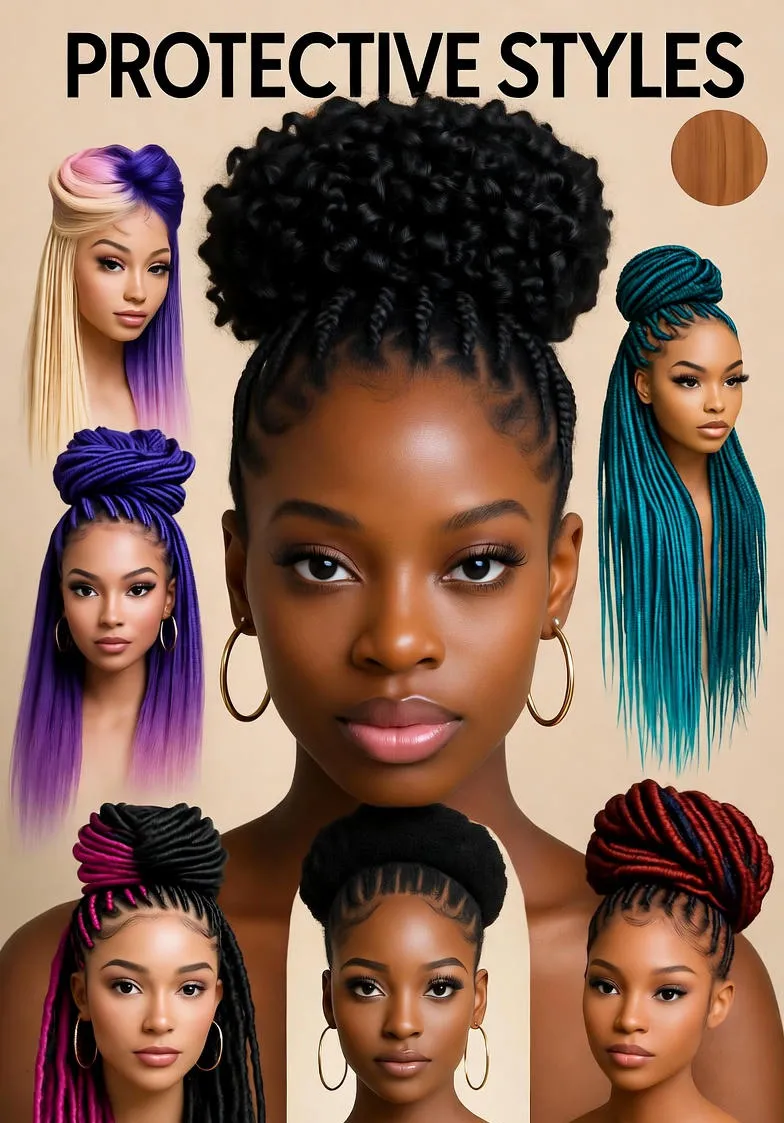Elevate Your Workspace: The Ultimate Guide to the Best Drafting Stools for High Desks
Find the best drafting stools and chairs for your high desk or standing desk setup. Learn about essential ergonomic features like height range, adjustable foot rings, lumbar support, and waterfall seat design for all-day comfort for artists, architects, and office pros.

💡 Why a Drafting Stool is Essential for Your High Desk Setup
The modern workspace has undergone a significant transformation, with high desks, standing desks, and drafting tables becoming increasingly popular. While these elevated surfaces promote movement and better posture than traditional desks, they introduce a new challenge: finding the right seating. A standard office chair simply won't cut it. This is where the **drafting stool** (often used interchangeably with 'drafting chair') steps in as the essential piece of ergonomic equipment.
Unlike regular office chairs, drafting stools are specifically engineered with an extended height range, ensuring your forearms remain level with your tall desktop and your hips are positioned correctly. They bridge the gap between sitting and standing, making them indispensable for architects, artists, designers, lab technicians, and anyone using an elevated workstation or a sit-stand desk.
⚖️ Drafting Chair vs. Drafting Stool: What's the Difference?
While the terms are often used loosely, there's a practical distinction that can significantly impact your comfort and work style. Choosing the right one depends heavily on your daily tasks and how long you spend seated.
- Drafting Chair: These are essentially high-powered office chairs. They include a full backrest (often with adjustable lumbar support), and sometimes armrests. They prioritize **all-day comfort and stability** for long, focused work sessions.
- Drafting Stool: Typically, these are backless or have only a small, minimal backrest. They are generally more compact, promote **active sitting** (engaging your core), and are better for tasks that require frequent standing, perching, and moving around the workspace.
For most professionals working long hours at a high desk, an **ergonomic drafting chair** (the one with a backrest) is the superior choice for sustained comfort and back health. However, a traditional drafting stool is perfect for short tasks or in environments where mobility and space-saving are critical.
🔑 Core Ergonomic Features to Look for in a Top Drafting Stool
An exceptional drafting stool isn't just a tall seat; it's a finely tuned ergonomic tool. When sifting through options, focus on these critical adjustable components:
1. Seat Height Adjustment Range
This is the most crucial feature. A good drafting stool must accommodate the full height of your elevated desk. Standard drafting tables or high desks are often around 36–42 inches high. Your stool's seat height should ideally range from **24 to 34 inches** (61–86 cm) to cover most high-desk needs, using a reliable pneumatic gas lift system for smooth transitions.
2. The Adjustable Foot Ring
At an elevated height, your feet cannot rest on the floor. A sturdy, adjustable foot ring is paramount for circulation and proper hip alignment. The ring should be:
- Adjustable: It must move up and down independently of the seat to perfectly position your knees at a 90-degree angle or slightly below your hips.
- Stable & Robust: Look for a solid, non-slip metal (often chrome or heavy-duty plastic) construction that won't slip or wobble under pressure.
3. Lumbar and Back Support (For Drafting Chairs)
If you opt for a drafting chair, premium back support is non-negotiable. It should provide:
- Adjustable Lumbar Support: The curve that supports your lower back should be movable up, down, in, and out to match the natural curvature of your spine.
- Contoured Backrest: The back should encourage a healthy, upright posture, whether it's a full-sized back or a mid-back design.
4. Seat Comfort and Design
Since you may be sitting for extended periods, the seat must be comfortable and supportive:
- Cushioning: High-density, resilient foam padding is better than thin, soft cushions that will flatten over time.
- Waterfall Edge: The front edge of the seat should gently slope downward (**waterfall design**) to relieve pressure behind your knees and promote healthy blood circulation in your legs.
- Upholstery: Mesh fabric offers superior breathability and cooling, which is vital for long-hour sessions. Vinyl or leather options are better for environments that require easy cleaning, like labs or art studios.
5. Mobility and Base Stability
A five-point base with smooth-rolling casters is the industry standard for stability and ease of movement. For high seating, stability is critical, so look for a wide, heavy-duty base construction. Some heavy-duty models are even rated to support over 400 lbs, indicating superior build quality.
⭐ Top Picks: Drafting Stools & Chairs for Different Needs
The market offers a wide variety of excellent options. Here are several categories and examples of features to look for based on your primary use case:
A. Best for All-Day Ergonomic Support (Drafting Chairs)
These models focus on maximum adjustability to reduce fatigue during 8+ hour workdays.
Key Features: Full backrest, adjustable lumbar support, adjustable armrests (often flip-up), and a wide, stable base. Brands like **Steelcase**, **Herman Miller (Aeron Stool)**, and high-end ergonomic lines from **Neutral Posture** or **Nightingale** lead this category. They offer synchro-tilt mechanisms and sophisticated adjustments.
B. Best for Artists and Creative Professionals
These require mobility and materials that are easy to clean from paints, inks, or chemicals.
Key Features: Vinyl or easy-to-clean polyurethane upholstery, a simple design that allows free upper-body movement, and a wide height range to alternate between detailed desk work and standing at an easel. Models like the **Cramer Rhino Drafting Chair** or various industrial-style steel stools offer the necessary durability and height.
C. Best Budget-Friendly and Versatile Stools
For those who need a functional stool without the premium price tag.
Key Features: Basic height adjustment, fixed or minimally adjustable foot ring, and a padded seat. Many options from brands like **Office Star** or **Flash Furniture** fit this category. While they may lack some advanced ergonomic adjustments, they provide the essential elevation and foot support for occasional or short-term high-desk use.
D. Best for Active Sitting and Perching (Wobble Stools)
These are stools that encourage constant, subtle movement, perfect for alternating with standing.
Key Features: Rounded or weighted base (like a 'wobble' or 'balance' stool), armless design, and a minimal seat. Examples include the **UPLIFT Motion Stool** or products designed for active movement. They are generally not for all-day sitting but are excellent complements to a standing desk to relieve pressure and keep muscles engaged.
📐 Setting Up Your Ergonomic Drafting Stool: A Quick Guide
Even the best stool won't work if it's not set up correctly. Follow these steps for an optimal posture at your high desk:
- Set Your Desk Height: Ensure your high desk or drafting table is at a height where your elbows are bent at a 90-to-110-degree angle when your shoulders are relaxed and your hands are on the work surface (keyboard or drawing surface).
- Adjust Seat Height: Raise the stool so that your hips are slightly higher than your knees. This open hip angle is characteristic of healthy high-perching or drafting posture and improves circulation.
- Position the Foot Ring: Adjust the foot ring so that your feet rest comfortably flat on it (not dangling). Your knees should be bent roughly at 90 degrees, forming a stable base. The foot ring is your 'new floor' when seated at a high desk.
- Align the Backrest (If Applicable): If you have a chair, adjust the lumbar support to firmly meet the small of your lower back, maintaining its natural inward curve.
- Fine-Tune Armrests: If your chair has armrests, adjust their height so that your forearms can lightly rest on them without causing your shoulders to shrug up.
📈 The Long-Term Benefits of a High-Quality Drafting Stool
Investing in a high-quality, ergonomic drafting stool is an investment in your health and productivity. The benefits extend far beyond simply being able to reach a high surface:
- Reduced Back and Neck Strain: Proper adjustability and lumbar support prevent the slouching and hunching common with improperly sized seating.
- Improved Circulation: An adjustable foot ring prevents pressure on your legs, a 'waterfall edge' seat ensures blood flow, and active stools promote movement, all aiding circulation.
- Enhanced Flexibility: Drafting chairs are the perfect companion for sit-stand desks, allowing you to fluidly transition between sitting at an elevated height, perching, and standing.
- Increased Focus and Engagement: Maintaining a dynamic, upright posture helps keep you more alert and engaged in your work compared to slumping in a low chair.
Whether you're an architect perfecting a blueprint, an artist sketching a masterpiece, or an office professional utilizing a standing desk, the right drafting stool is the cornerstone of a comfortable, dynamic, and ergonomically sound workspace. Prioritize adjustability, stability, and comfort to ensure your elevated work area supports your peak performance.


